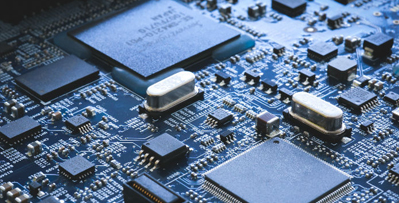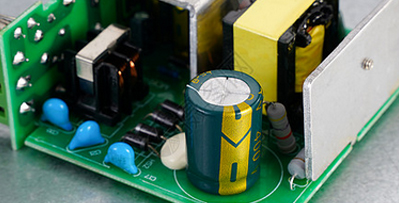Solutions to diode rectification problems
Release Time:2021-10-07 Views:276
The development of circuits continues to use diodes, so do you understand the rectification of diodes? In recent years, with the rapid development of electronic technology, the working voltage of the circuit is getting lower and lower, and the current is getting larger and larger. Low-voltage operation is conducive to reducing the overall power consumption of the circuit, and it also poses new problems for power supply design.
The loss of the switching power supply is mainly composed of three parts: the loss of the power switch tube, the loss of the high-frequency transformer, and the loss of the output rectifier tube. In the case of low voltage and large current output, the conduction voltage drop of the rectifier diode is relatively high, and the loss of the output rectifier tube is particularly prominent. Fast recovery diodes (FRD) or ultra-fast recovery diodes (SRD) can reach 1.0~1.2V. Even if low-drop Schottky diodes (SBD) are used, a voltage drop of about 0.6V will be generated, which leads to increased rectification losses. Large, the power efficiency is reduced.
Examples of questions
But suppose the power supply voltage is 3.3V or even 1.8V or 1.5V, the current consumption can reach 20A. At this time, the rectification loss of the ultra-fast recovery diode has approached or even exceeded 50% of the output power of the power supply. Even if Schottky diodes are used, the loss on the rectifier tube will reach (18%-40%) PO, which accounts for more than 60% of the total power loss. Therefore, the traditional diode rectifier circuit has been unable to meet the needs of realizing low-voltage, high-current switching power supply with high efficiency and small size, and has become a bottleneck restricting the efficiency of the DC/DC converter.
Introduction to Synchronous Rectification Technology
In the field of power conversion, isolated converters with low output DC voltage all use MOSFETs as rectifiers. Since the conduction loss on these devices is small and can improve efficiency, they are more and more widely used; in order for this circuit to operate normally, the synchronous rectifier (SR) must be controlled, which is a basic requirement. The synchronous rectifier is used to replace the diode, so you must choose an appropriate method to drive the synchronous rectifier according to the working law of the diode. The driving signal must be formed by a PWM control signal, and the PWM control signal determines the different states of the switching circuit.
Features of synchronous rectifier devices
Synchronous rectification technology is to replace the fast recovery diode of the switching converter with a power MOS tube with low on-resistance, playing the role of a rectifier tube, so as to achieve the purpose of reducing rectification loss and improving efficiency. Usually, the main switch tube of the converter also uses a power MOS tube, but there are still some differences between the two.
The power MOS tube is actually a two-way conductive device. Due to the different working principles, there are differences in other aspects. For example, the MOS tube used as the main switch is usually hard-switched, so fast switching speed is required to reduce switching loss; and the synchronous MOS tube used for rectification/freewheeling requires the MOS tube to have low on-resistance and body diode reverse. It has the characteristics of low recovery charge, low gate resistance and good switching characteristics. Therefore, although both are MOS transistors, their operating characteristics and loss mechanism are different, and their performance parameters are not the same. Recognize this One point is useful for how to select MOS tubes correctly.
The basic circuit structure of synchronous rectification
Synchronous rectification is a new technology that uses special power MOSFETs with extremely low on-state resistance to replace rectifier diodes to reduce rectification losses. It can greatly improve the efficiency of the DC/DC converter and there is no dead zone voltage caused by the Schottky barrier voltage. Power MOSFET is a voltage-controlled device, and its volt-ampere characteristic is linear when it is turned on. When using a power MOSFET as a rectifier, the gate voltage must be synchronized with the phase of the rectified voltage to complete the rectification function, so it is called synchronous rectification.
Comparison of working methods
Traditional synchronous rectification schemes are basically PWM-type synchronous rectification. A certain dead time must be set between the driving signals of the main switch and the synchronous rectification switch to avoid cross conduction. Therefore, the synchronous rectification MOS tube has body diode conduction. Problems such as pass and reverse recovery, thereby reducing the performance of the synchronous rectifier circuit.





